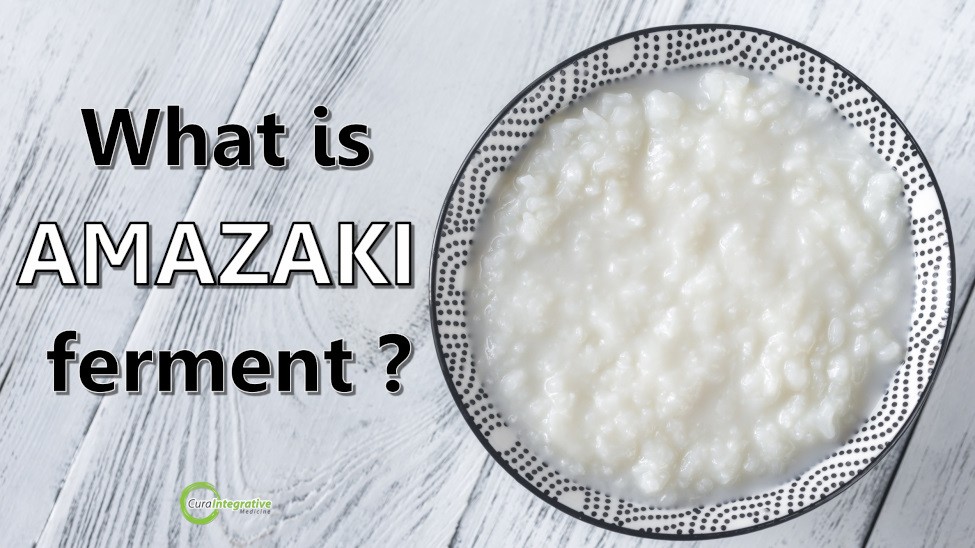Koji is a less known superfood found in a variety of macrobiotic foods. Containing Aspergillus oryzae, koji is used to make foods such as miso, amazaki and tamari. Read More…

Treating Depression Naturally
Posted 31 Dec '17
One in every 6 Australians experience mental illness at any age. Worldwide, depression remains to be the number one cause of disability.
A recent study that is published in the Journal of Affective Disorders, researched on dietary zinc and zinc-to iron ratio, and the possibility of using these to predict depression in middle-aged and older Australians. It was found out that those with low dietary zinc intake had higher risks of suffering from depression, men and women alike.
Mauve factor and Depression
As previously discussed, zinc and iron ratios are related to optimal mood. Changes in these ratios results in abnormalities in the oxygen-carrying compound in red blood cells, haemoglobin synthesis and hemoglobin metabolism. When this happens, pyrrole Hydroxyhemopyrrolin-2-one(HPL) rises in the blood. This incidence is called Mauve factor and is also referred to as pyrrole disorder.
Because of depression’s link to mineral deficiencies, such as with zinc, the mauve factor has become helpful marker to test among health practitioners. By testing HPL in urine samples, together with Vitamin D, Copper ratios, red blood cell zinc, MTHFR gene mutations and homocysteine, practitioners can better help patients overcome their depression.
Why take Pyridoxine Hydrochloride and Pyridoxal 5′-Phosphate together?
Currently clinical research has concluded that it is best to combine these two forms of B6 together for optimum effectiveness after it was found out that patients responded differently but saw better results when mixed.
It doesn’t come as a surprise to learn that B6 and zinc are both being prescribed as treatment for depression because they are found in the condition. Zinc dosage vary from 7mg to 30mg daily. But for patients with very high Mauve factor, dosage is increased from 25mg to 100mg of zinc, and 200mg to 800mg of B6. Always consult your health practitioner before taking nutritional supplements to ensure they are the right form, plus the right dosage for you.





